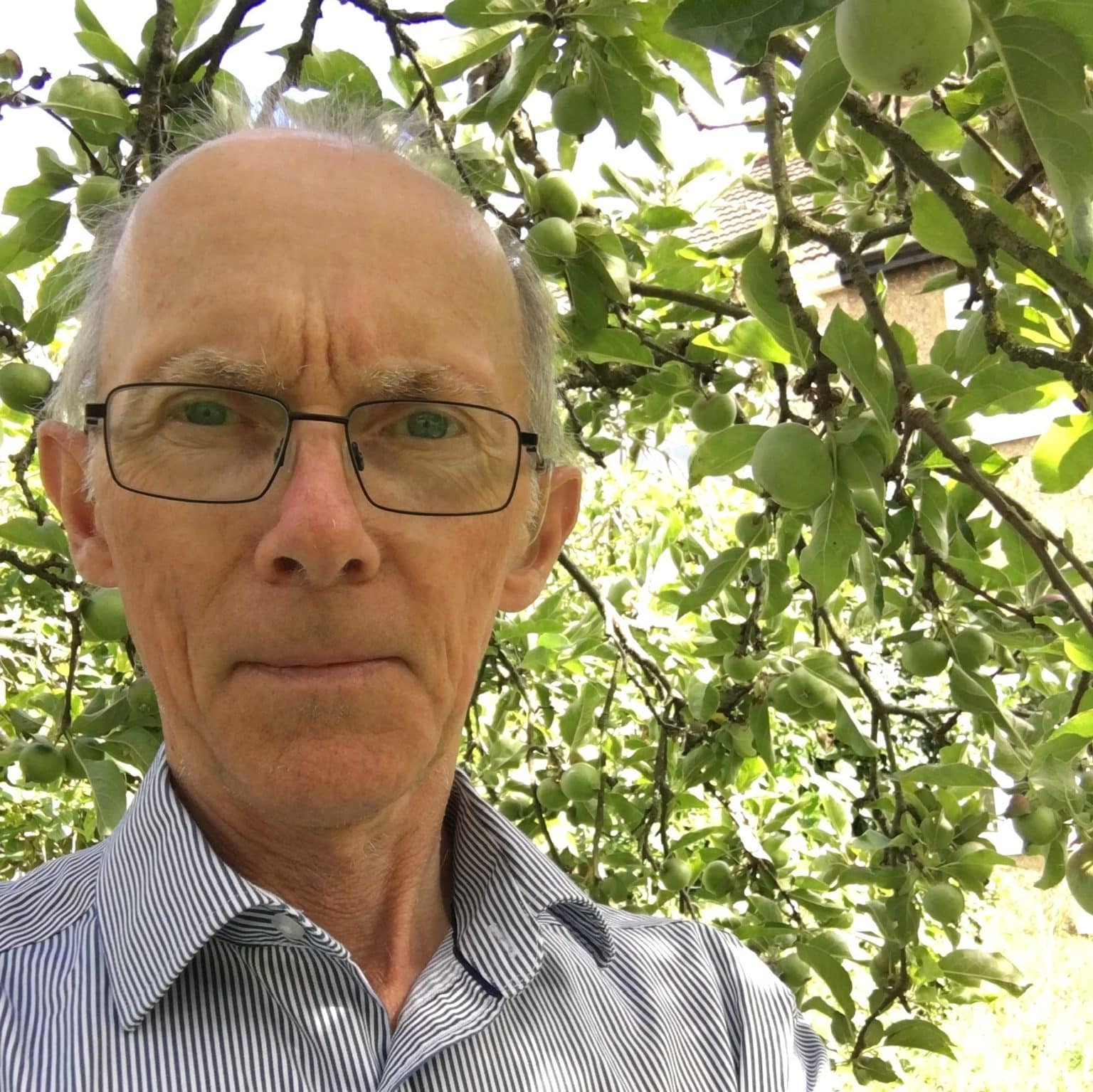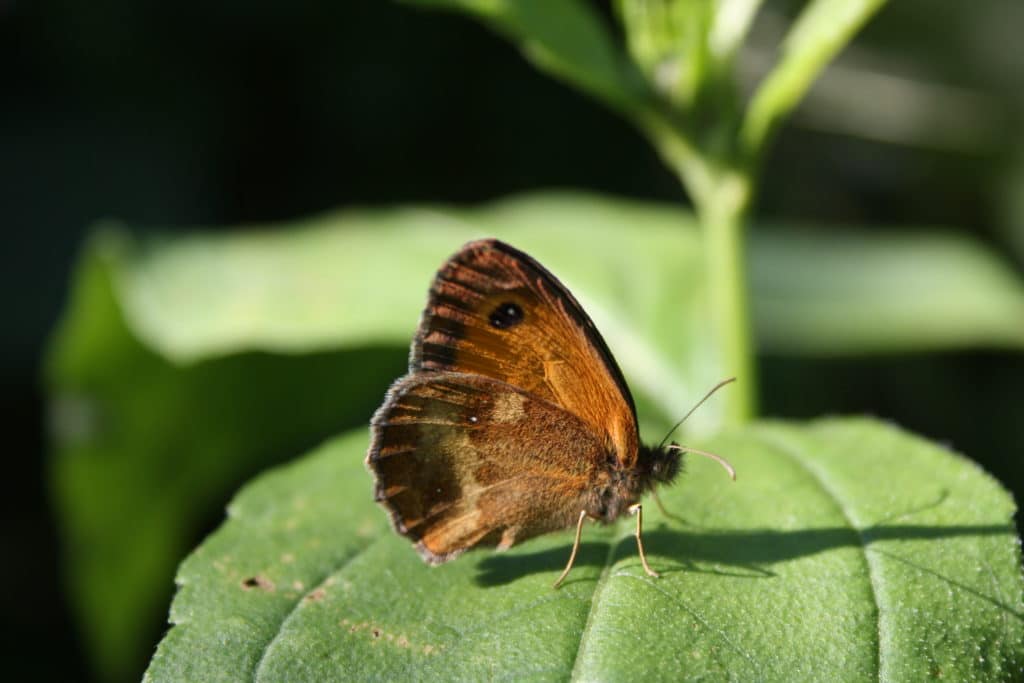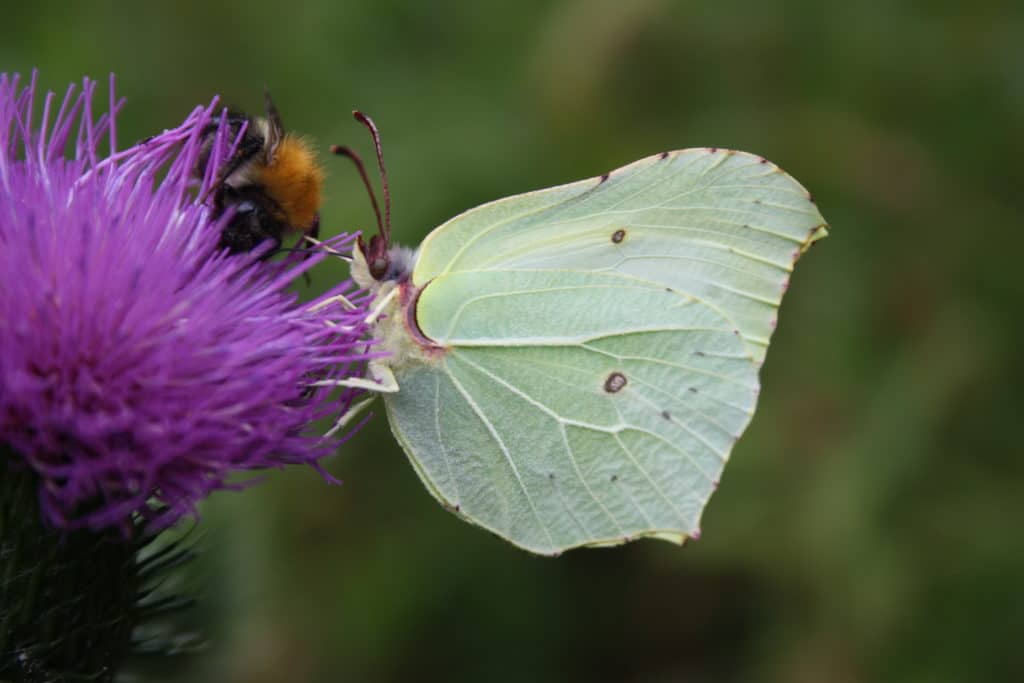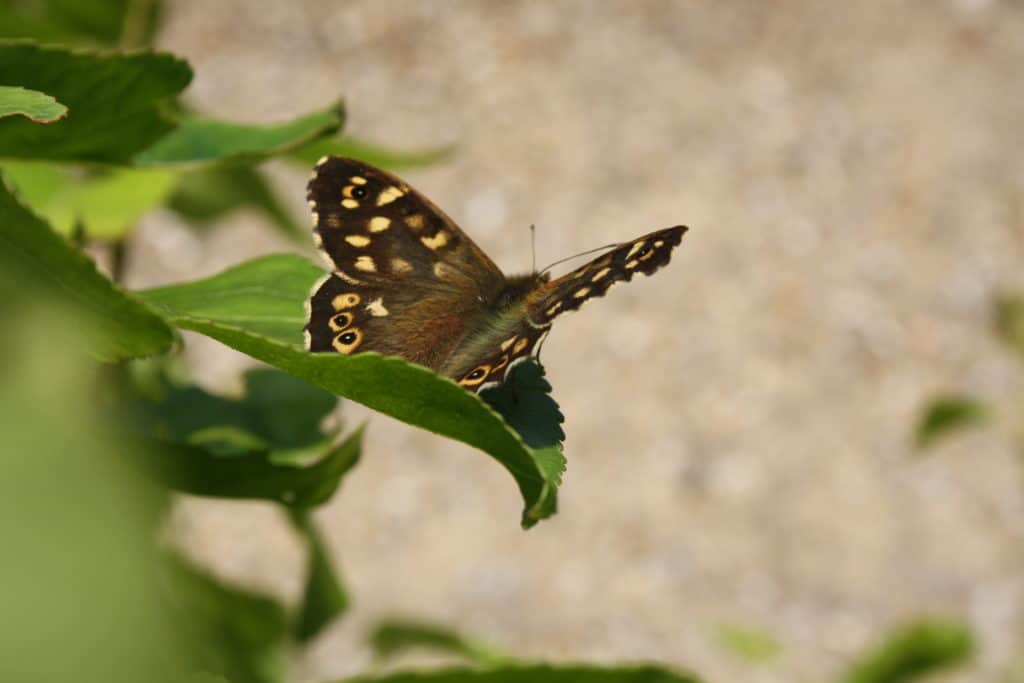In this summer series we interview some of the expert volunteers who help GiGL to verify our species data. Good quality data are central to everything that GiGL does and verification is an important step to achieving that.
Species verification is the process of assessing a record and deciding whether the identification is likely to be correct for the given location and date. Each record is given a verification status by the verifier and this is recorded in the GiGL species database. More information on verification and the terminology we use can be found here.
Having the knowledge to assess species records is a specialist job and something that we need expert help for. Our verifiers are vital to GiGL’s work and ensure that we can have confidence in the records we share.
Leslie Williams has been a friend of GiGL’s for a long time and we really appreciate his dedication to butterfly recording within Greater London. This year we have been assisting Leslie with the London Natural History Society’s updated Butterfly Atlas. It has been fantastic to be able to help Leslie and repay some of the time and expertise he has shared with us.

- What is your area of expertise?
I verify butterfly records for GiGL and I am the Recorder for Butterflies for the London Natural History Society (LNHS).

- How did you become a species expert, and why?
I wouldn’t describe myself as an expert, but I do have experience of recording butterflies on monitored transects (walked routes) and of surveying butterflies across Greater London. Butterfly species are conspicuous indicators of habitat change which helps us to gauge how we are treating the environment. I’m also involved with habitat restoration, creation and management projects in London and elsewhere.
- How long have you been verifying records for GiGL?
Probably for about ten years or more.
- How does verifying fit in with the rest of your life and work?
My day job is with a London local authority in their Parks team. The LNHS and GiGL roles are as a volunteer. I also have an interest in grassland plants and habitat conservation.

- What do you see as the greatest benefit of working with GiGL?
Butterfly records are made by a large community of Londoners, often volunteering their time. And to all of you, thank you. At some stage those records are transferred to digital systems. GiGL have a great team of specialists involved in processing data to provide information and knowledge for London. As a verifier I have a small role in checking the data inputs to help ensure the quality of the data and of the outputs. The knowledge can then be applied to the conservation of wildlife.
- Do you have any tips for people aspiring to learn more about species and verification?
You can join recording groups, volunteer with organisations such as Butterfly Conservation and the Wildlife Trusts, and help site-based groups to record locally. The LNHS provides online resources, talks, a library, and field visits. For a day or a holiday with a difference, see the range of courses run by the Field Studies Council. Most people probably do not set out to become ‘verifiers’, but the role can evolve from experience.

The final installment of this series will shine a spotlight another verifier who works closely with GiGL: Neil Anderson on dragonflies and damselflies.
We also collaborate with other verifiers and we would like to extend our thanks again to Colin Plant (moths), Keiron Brown (earthworms), Ian Wallace (caddisfly), Pete Lambert (birds), Derek Crawley (mammals) and of course the numerous experts from London Natural History Society and other recording schemes, who willingly provide advice and work tirelessly to ensure that the species records we receive from them are verified.
How can you help?
We do still need more expert verifiers for the many taxa that we have in the database. Please get in touch if you think you could help. More information on the process of verification for potential verifiers can be found here.
For anyone wishing to record – please use the online form or recording spreadsheet.
